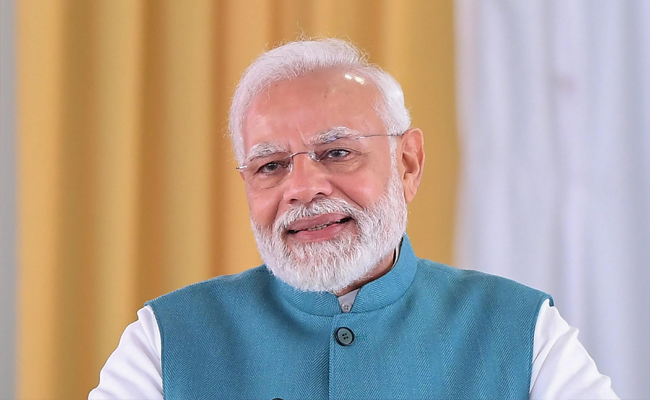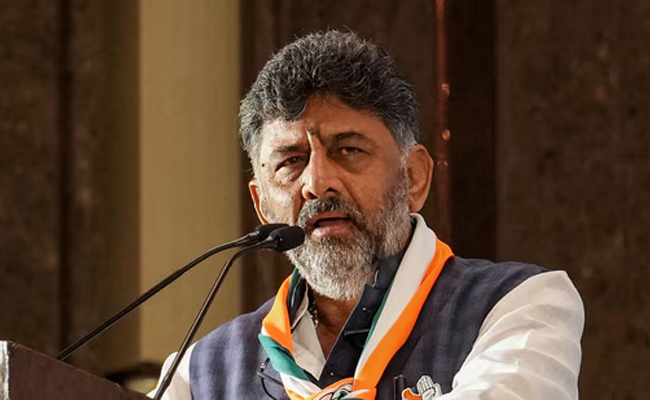New Delhi, June 13: Health Minister J.P. Nadda on Wednesday said India has made much progress in eliminating lymphatic filariasis (elephantiasis) as he launched an accelerated plan for its elimination at the start of a three-day global meet of 72 endemic countries.
"(A total of) 100 districts out of total 256 endemic districts have achieved elimination target and stopped Mass Drug Administration (MDA) after successful validation by Transmission Assessment Survey (TAS) and are under post MDA surveillance," he said at the biennial meeting.
Nadda, who inaugurated the 10th meeting of Global Alliance to Eliminate Lymphatic Filariasis (GAELF) here, said India is committed to eliminating lymphatic filariasis transmission and disease burden so that future generations are free from the disease.
Releasing the Accelerated Plan for Elimination of Lymphatic Filariasis (LF) 2018 for India, he said he was sure the accelerated plan will also expedite the last leap for its elimination.
Stating that India will always welcome newer initiatives and research, he said that the strategy to eliminate LF here is based on twin pillars of MDA once in a year for interruption of transmission (no new case) and to cater to the patients already afflicted with the disease.
There is urgent need for total integration of different departments to mobilize the community, he said.
He also gave GAELF awards to 11 countries -- Cambodia, Cook Islands, Egypt, Maldives, Marshall Islands, Niue, Sri Lanka, Thailand, Togo, Tonga and Vanuatu -- for successfully interrupting the transmission, the Health Ministry said in a statement.
"I am sure during the three days of deliberations, experts will come out with pragmatic approach towards elimination of LF. There is a need for all stakeholders to work in an integrated manner in order to eliminate lymphatic filariasis as public health problem," said Minister of State for Health Ashwini Kumar Choubey.
Elephantiasis is one of the oldest and neglected disease, which is currently endemic in 73 countries, including India. It is caused by Wuchereria Bancrofti and spread by Culex mosquito, which grows in dirty accumulated water, the ministry said.
LF does not kill the affected people, but may cause permanent disfigurement like swelling in the arms and legs, reduced productivity and social stigma. The skin may become thicker and the condition may become painful.
GAELF is an alliance of partners from 72 LF endemic national country programmes, NGOs, private sectors, academic and research institutes and international development agencies that assists WHO's Global Programme to Eliminate Lymphatic Filariasis.
Let the Truth be known. If you read VB and like VB, please be a VB Supporter and Help us deliver the Truth to one and all.
Gorakhpur (PTI): A hospital employee was booked for allegedly sexually assaulting a woman in the pretext of an ultrasound test here in the district women's hospital, police said on Saturday.
According to the complaint, the woman, a resident of the Gulriha area, visited the district women's hospital on Thursday morning for an ultrasound test.
She was directed to a room, where Abhimanyu Gupta was conducting ultrasounds. When her turn came, the accused allegedly stared at her and told her to remove all her clothes, claiming it was necessary for the test and that a massage would also be required, she said.
ALSO READ: UP: Girl kidnapped, raped multiple times over 25 days; accused held
The woman alleged that once she complied, the accused began making obscene advances and tried to force himself on her. When she screamed, he allegedly gagged her, abused her and threatened to kill her before pushing her out of the room.
She said her complaints within the hospital went unheard, forcing her to approach the police.
Taking cognisance of the complaint, the hospital administration constituted a three-member inquiry committee, officials said.
Senior consultant (paediatrics) Dr Jay Kumar said, "The woman has levelled serious allegations against a staff member. Senior officials have been informed, and a departmental inquiry is underway. Strict action will be taken if the charges are proved."
Kotwali Station House Officer Chatrapal Singh said a case has been registered, and efforts are on to nab the accused.





